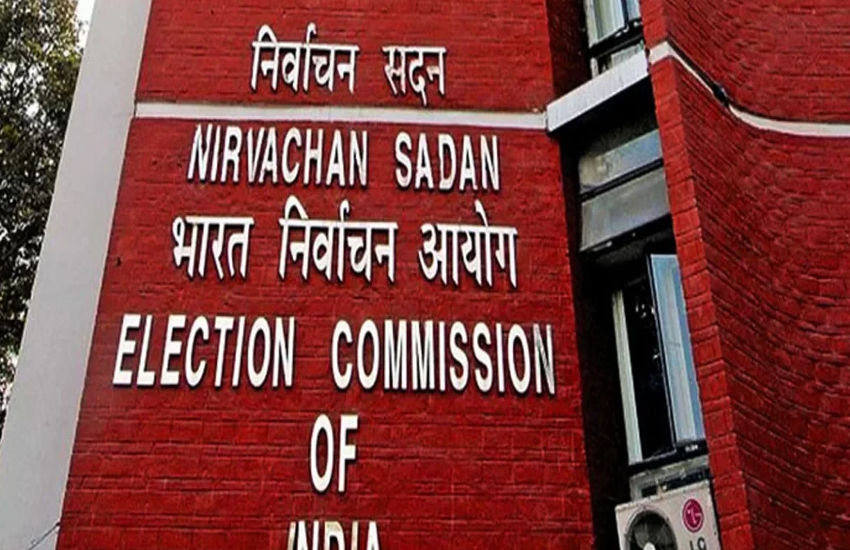Understaffed and abysmal: India's police story in numbers

India is a huge country and policing the burgeoning population is indeed a tough task. Factors like political interference, daunting schedules, and low salaries make it tougher.
But external factors apart, there is a big question mark on the efficiency of India's police forces: remember how slow the cops were during the Pathankot seize and how they couldn't stop a car from breaking into the Republic Day parade in Kolkata.
Read- Sinister cell: how Delhi police created fake terrorists
So what ails the Indian policing system? Here's a look at the Bureau of Police Research and Development figures:
- was the number of police personnel per 100,000 people in India in 2014.
- The global average was about 350 in 2011.
- Overall, 2.3 million personnel were protecting 1.2 billion people in India, covering 3.1 million square kilometres.
- Basically, while one cop was sanctioned to manage 540 people, in reality s/he was responsible for 716 people.
- Bihar and West Bengal face the biggest crunch.While 1 police personnel in Bihar serve 968 people, in its neighbouring state the number is 832.
- the number of vacancies in both civil and armed police forces in January 2014.
- Uttar Pradesh reported the most - 199,420 - vacancies, followed by Gujarat (42,870).
- There were 18 vacancies at the top level in state police forces; at the constable level, the vacancy was 390,261.
- The Union ministry of home affairs advised all states in September 2014 to fill these vacancies. The ball is in the court of the states as it is a state subject.
- At Crime Investigation Departments - the wing for investigation of serious crimes - there were 1,441 vacancies; in special task forces, dealing with extremists, terrorists and gangs, the vacancy was 7,138.
- Reasons for vacancy are plenty - from stressful duty hours, low salaries to slow recruitment.
- is the total number of personnel in position at the Central Armed Police Forces (CAPF) in 740 battalions.
- There are eight categories of CAPF:
- Assam Rifles
- Border Security Force
- Central Industrial Security Force
- Central Reserve Police Force
- National Security Guard
- Railway Protection Force
- Sashatra Seema Bal
- Indo-Tibetan Border Police Force
- There is a total vacancy of 80,261 personnel in these cadres.
- CAPF are engaged in important tasks like policing border areas, providing security to public sector undertakings, riot control, fighting insurgency. This huge vacancy indicates the vulnerability of India's security infrastructure.
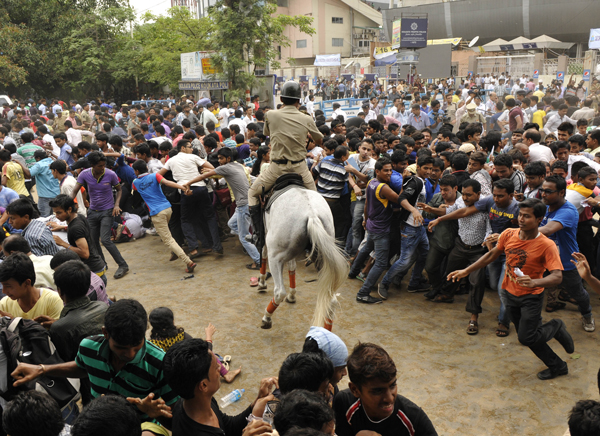
A horse-mounted police man evicting the mob during the IPL champions on 3 June 2014 in Kolkata, India. Photo: Subhankar Chakraborty/ Hindustan Times via Getty Images
- is the representation of Dalits in Indian police forces.
- Many states have not fulfilled mandated reservations.
- In UP, the government has laid down for a 21% quota; but only 8.7% of personnel are Dalits.
- The highest gap (12.2 percentage points) in UP is followed by followed by West Bengal (8.76 pp), where Dalits make up 13.24% of the force against a stipulated 22%.
- Tribal representation is meagre too - only 8.2%; even Chhattisgarh, with a heavy tribal population, has a deficit of 13.2 pp.
rupees
- was spent on policing, excluding CAPF, across states in 2013-14.
- This was double the amount was allocated to generate rural employment that year.
- However, only 1.7% of this was for police training.
- On an average, across states, only 2.9% of state expenditure is allocated under police heads; Odisha spent the least - 0.2%.
- Lack of funds are a major challenge for police reforms. According to experts, underfunding has not only deterred modernisation but also led to a manpower crunch.
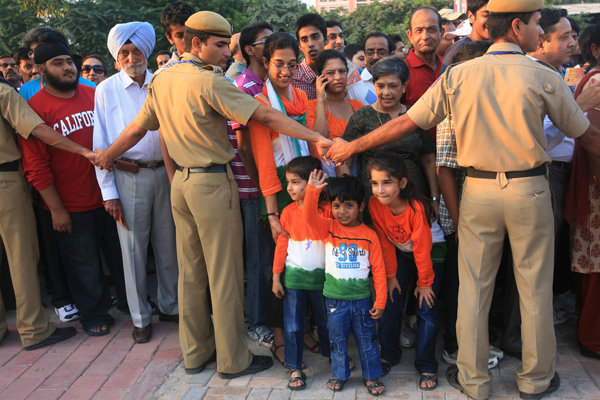
Policemen keep watch as spectators arrive at the Jawaharlal Nehru Stadium for the Commonwealth Games in New Delhi on 3 October 2010. Photo: K Asif/India Today Group/Getty Images
- was the number of women in Indian police forces, excluding CAPF, far lower than western, developed countries.
- Women made up only 6.1% of the forces; there are a total 518 women police stations.
- Studies have indicated that women personnel were given mostly desk jobs and were not accepted by male colleagues.
- In 2013, the Centre issued a guideline saying there should be a 30% representation of women and all police stations should have 10 female constables and three female sub-inspectors.
The worrying statistics include:
- 600 police buildings being operating from rented premises
- 153 firearms being stolen from police stations
- an average 1,000 unlawful detentions by cops every year
Clearly our police forces are not in the best of shape; they are understaffed, minorities and vulnerable groups are under represented and funding is abysmal.
Edited by Joyjeet Das
More in Catch:
Pull up your socks Maharaja: Air India is being a laggard
Should Rohith Vemula's suicide be seen through the Dalit lens? Pinky Anand says no
As Hollande comes calling, time for Chandigarh's reality check
Netaji files declassifed: His death accepted in 1995 but no ammo for BJP to target Congress
First published: 24 January 2016, 7:43 IST

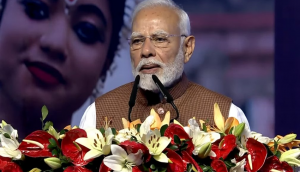

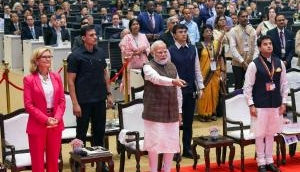
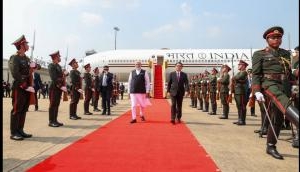
![BJP's Kapil Mishra recreates Shankar Mahadevan’s ‘Breathless’ song to highlight Delhi pollution [WATCH] BJP's Kapil Mishra recreates Shankar Mahadevan’s ‘Breathless’ song to highlight Delhi pollution [WATCH]](https://images.catchnews.com/upload/2022/11/03/kapil-mishra_240884_300x172.png)

![Anupam Kher shares pictures of his toned body on 67th birthday [MUST SEE] Anupam Kher shares pictures of his toned body on 67th birthday [MUST SEE]](https://images.catchnews.com/upload/2022/03/07/Anupam_kher_231145_300x172.jpg)





